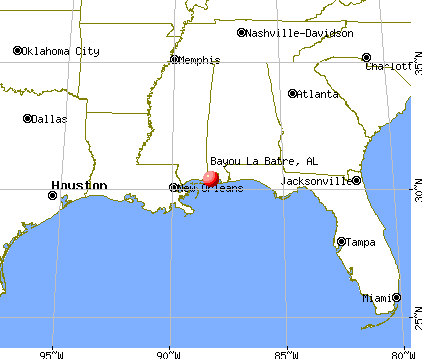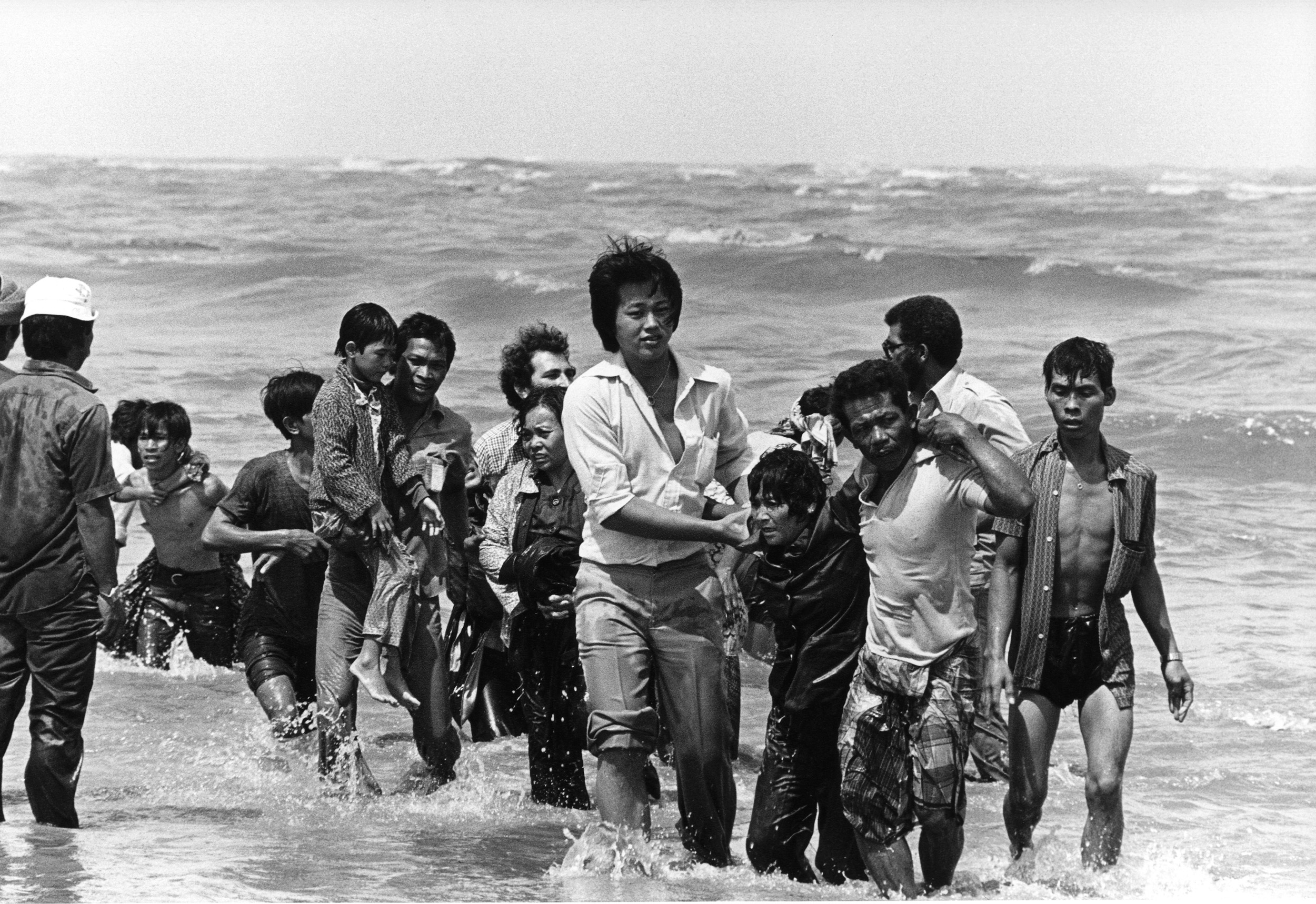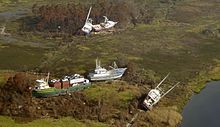
![]()
Bayou la Batre clearly has French influence. The name means “Bayou of the Battery”, because the French constructed an artillery battery there in the late 1700s. So when I drove over to explore the fishing town, I was surprised to see an Asian grocery store. When I stopped to photograph commercial fishing vessels, I noticed that many had Asian names. Alert now, I did some people watching and saw a few Asian folks taking a smoke break outside a fish processing plant. Being a resident of the west in my adult life, I already knew about Asian migration history into that area, including use of Chinese labor to build the early railroads. I never expected to find that Asians also migrated to the south, along the Gulf Coast. When? Who? How? I couldn’t wait to get home and read up on Bayou la Batre history.
I discovered that the Asians there are from Vietnam, and they came in the late 1970s and 80s, after we pulled out of the Vietnam War. Many Vietnamese, especially American sympathizers – had to flee or die. I remember tales of the Boat People refugees crossing the Atlantic in hopes of reaching the US. Somewhere between 200,000 and 400,000 people died en route.
I saw a women in Bayou la Batre wearing a pointy hat like the one worn by a refugee at the back of the boat.

Developed countries, shocked by the images like those above, set up a more orderly and humane process of refugee dispersement then took many of the refugees in and absorbed the cost of their resettlement. The US took at least half of the 1.6 million. Many of those were resettled along the Gulf Coast in the US, into a familiar environment of fishing for a living. Today, nearly 25% of the population of Bayou la Batre is Vietnamese.
Bayou la Batre life revolves around fishing, processing seafood, and building new ships. It is big time fishing and fishing infrastructure. Along the channel that leads to the sea, I saw cranes, scaffolding, boat repair lifts. Moored fishing vessels floated quietly with their large arms at rest and pointing upward (the lowered arms secure the fishing nets). I recalled the west coast canneries of Steinbeck’s book “Cannery Row” as I passed dozens of facilities lining the wharf and processing the huge hauls. Outside of one I saw several mountains of oyster shells. Apparently, as they grow, oysters attach to a hard substrate, preferably other oyster shells. So, sustainable commercial harvest of oysters requires a return of the shells, which also benefits shrimp and clams who take refuge in old shells. Last year, a famous oyster restaurant in Mobile started recycling their shells.
Twelve years ago, Hurricane Katrina brought devastation and disaster. As the crow files, the town is 112 miles from New Orleans (129 miles by car). Bayou la Batre took an enormous hit and the winds lifted and hauled boats on land. As the town started to recover, the Deepwater Horizon oil spill in 2010 closed things down for a while.

These two photos show boats on land after Hurricane Katrina

Bayou la Batre, despite its isolated location and recurring disasters, has a relationship with Hollywood. Some Forest Gump scenes were shot there, and a local ship builder helped “Pirates of the Caribbean” set-makers create the Black Pearl.
The day I wandered there, I saw activity around the canneries, but so many of the boats were quietly moored. Is this an off season? Were seas too stormy? Are the economics off? Although I could see hurricane damage, including caved in roofs, twisted fences, upended personal boats out in the yard along with storm debris lodged in the towns nooks and crannies, I do not yet know about lingering effects of Katrina or the oil spill.

As Tango and I waited for our cheeseburgers in a drive-through line I tried to get a fix on the town vibe. The best I could come up with: the dishelved town seemed to be having a bad hair day. However, despite the split ends and dandruff, Bayou la Batre remains a place to visit and an is an important locus of Americana. This place must have some interesting history, I decided. That was an understatement.


